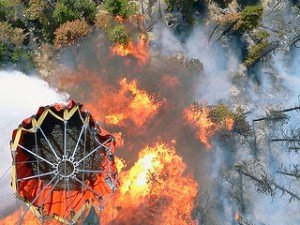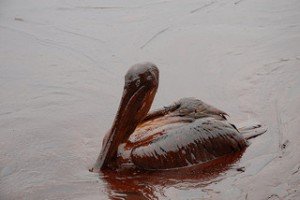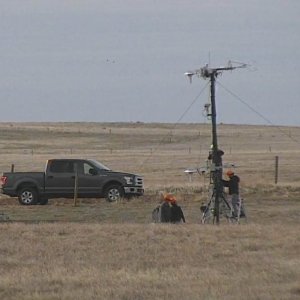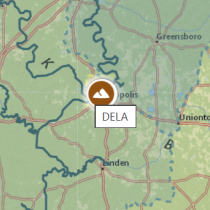The NEON Mobile Deployment Platform: Help Design a Tool to Advance Your Research
November 15, 2012
Wildfire, floods, drought and insect outbreaks. These and other disturbances all have the potential to affect ecosystem health and function and alter their ability to provide services society depends upon including food, timber, clean air and water. While disturbance events are extremely important to study, they tend to occur randomly in space and time and cannot be easily captured by NEON’s fixed site design. Or put another way, they won’t necessarily occur at one of the NEON's field sites.


Pelican in oil
To observe these events we need the ability to move our scientific instrumentation anywhere on the continent at extremely short notice. That’s where the Mobile Deployment Platform (MDP) comes in. Projected to be both mobile and rapidly deployable, the MDP will give scientists the ability to capture these stochastic events as they occur across the landscape. While we have a vision for what we want the MDP to accomplish, there are still many details to be ironed out and much room for input. The NEON MDP, along with the third Airborne Observation Platform, will be classified as Assignable Assets, meaning they will be requestable by agencies and principle individual scientists to support their research or educational programs (for example, we recently deployed the NEON AOP to collect remotely sensed data on the High Park Fire burn scar in collaboration with researchers at Colorado State University). All decisions about the request process for assignable assets are not yet final, but as soon as we have a specific process, we will share it with the community.
In total, NEON expects to have between 5 and 10 MDPs which can be transported by standard US roads or boat and remain on site for periods of up to approximately one year collecting observations. The MDPs will have a number of modules that can be used individually or in combination to meet the needs of those requesting it. Potential modules include suites of instrumentation related to micrometeorology, atmospheric chemistry, hydrology, soils and education and outreach opportunities. The MDP is in the early stages of design. Moving forward, our aim is to inform the MDP design by identifying the types of questions that can be addressed with rapidly deployable resources, and what types of measurements/data are needed by the science community to meet future research goals. We are leading a Town Hall at the American Geophysical Union Fall Meeting this December to gather input on the design of the Mobile Deployment Platform. We encourage tenured professors, agency scientists and graduate students alike to attend this dynamic discussion and provide direct input into the design and instrumentation of the MDP. Once we've gathered input from the town hall, we will create an online workspace where you can read results, post feedback, and provide further input. NEON will lead an AGU Town Hall Meeting to gather input on the design of the Mobile Deployment Package. The Town Hall will take place on Friday December 7th, 2012 from 12:30-1:30 in 2005 Moscone West.

